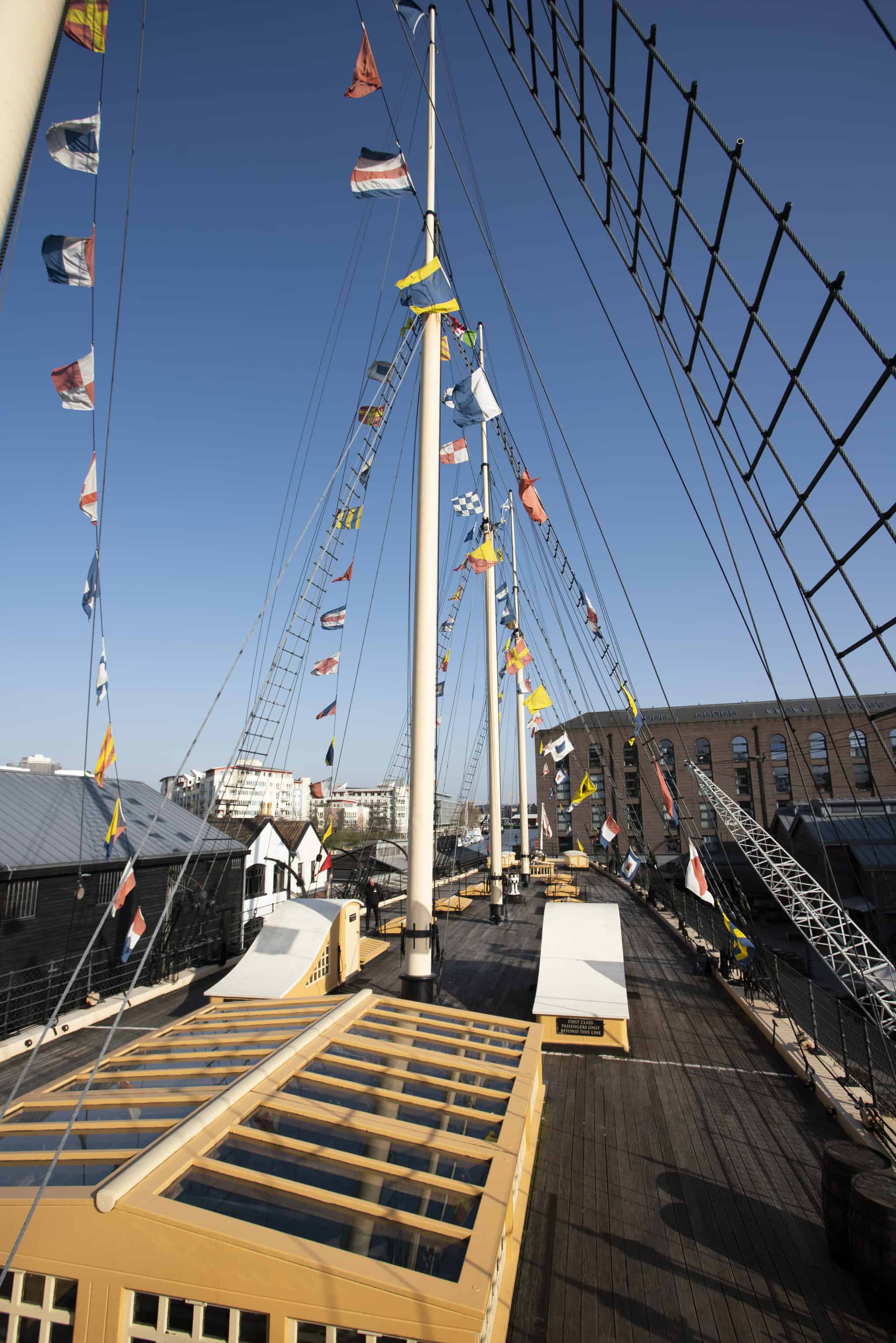We are not sure if the bird died during the salvage voyage of the ship, or whether it had passed away when the ship was still in Sparrow Cove, in the Falkland Islands. We have a number of photos in the collections that show wildlife, including cormorants, nesting on the hull of the ship.
In 2020, the Trust was awarded a grant by the Bill Pettit Memorial Award by the Natural Sciences Collections Association (NatSca) in order to undertake some much-needed conservation work on the cormorant skeleton to ensure that it was stable and could be safely displayed for many more years to come.
The conservation work began with the cormorant travelling to Birmingham Museum and Art Gallery for an x-ray. This allowed the Cormorant to be investigated for any weak or broken areas prior to conservation and also alerted the conservator to a supportive wire in the neck of the bird.
The main work was carried out by Pieta Greaves MA, MSc, ACR, of Drakon Heritage, during a week-long public Conservation in Action event in the Trust’s Brunel Institute during October half term. Pieta started by cleaning the brittle sinew and skin holding the skeleton together with a dry bush and a puffer to remove any dirt. It was found that the skin on the back of the bird had become imbedded with small stones and dirt from the environment the body had lay in on the ship. Pieta chose not to remove these during the conservation process as it would have further damaged the remaining skin. Fragile or loose areas were consolidated with Lascaux 498-HV, a colourless conservation grade adhesive, that is allows for the natural movement of the bird under controlled environmental conditions.
Finally, a new mount was created for the skeleton by relining the metal support from the case with black plasterzote and adding small tabs to keep the bird in position whilst on display. The skeleton was then placed back on display to help tell the story of the ship’s life in the Falkland Islands and her return to Bristol over fifty years ago.
After all of the attention that the cormorant skeleton received, we decided that we needed to find a name for the cormorant. We put this to a public poll on social media and they chose Ewan, after Dr Ewan Corlett, who initiated the efforts to rescue the ship and played a leading role in her preservation. Next time you visit the SS Great Britain, don’t forget to go and see the last passenger, Ewan!
Author: Victoria Haddock, Collections Officer



